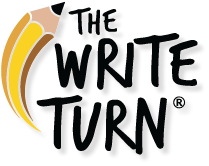Summer can be a much-needed break for students. For some students, it’s also an opportunity to fine-tune their writing skills with evidence-based writing instruction – especially for those students in upper elementary and middle school where writing doesn’t always come easily.
Educators are increasingly concerned about reading and writing regression during the summer. Without structured support, the summer months can widen skill gaps for students. This leaves them lagging when it comes to organizing ideas, building sentences, and making intentional revisions as the new school year starts. That’s where The Write Turn’s summer group writing sessions come in.
Boost your child’s confidence and writing skills in one session […]


